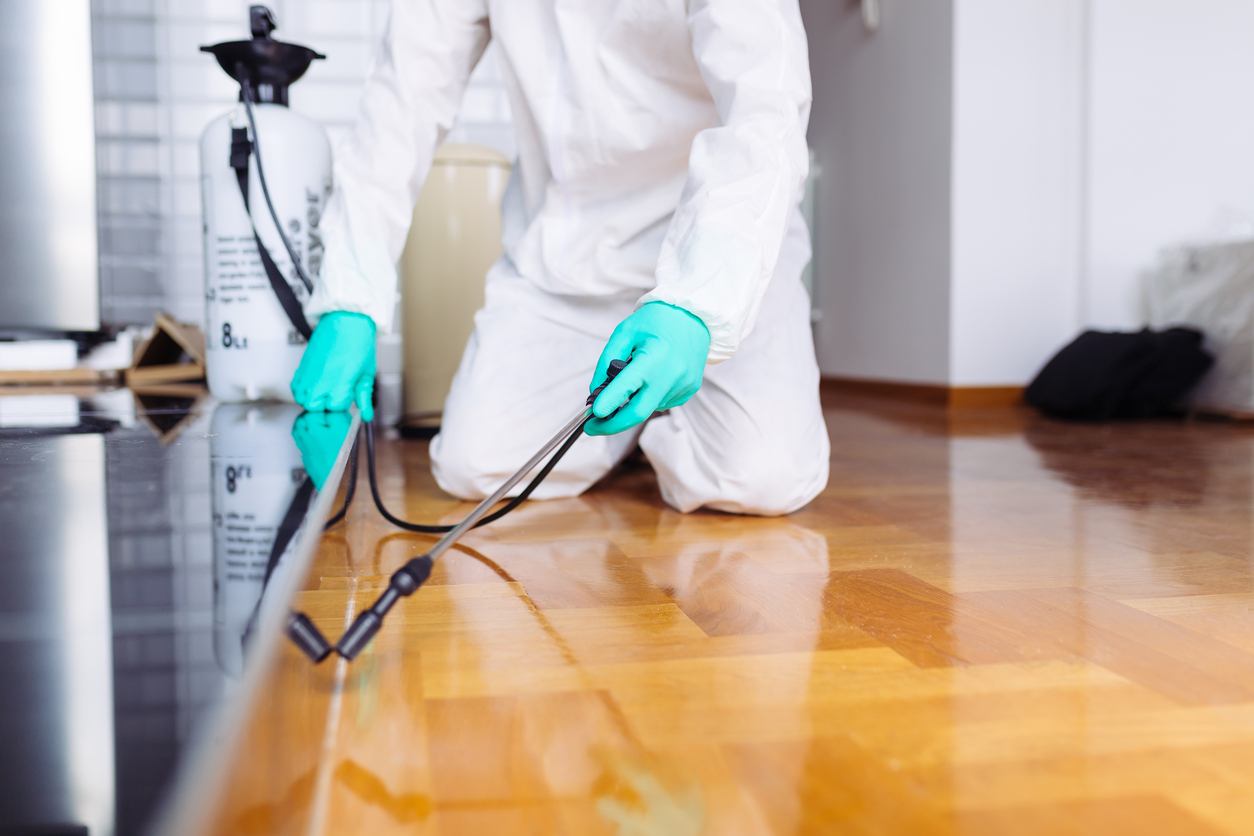Household pests are no doubt the unwanted visitors that might disturb the comfort and tranquility of our homes. These pests can contaminate buildings, transmit illnesses, and cause a lot of annoyance. In this blog post we will discuss some of the most prevalent pests in homes and offer some important tips such as pest control Geelong to get rid of them.
Most Common Household Pests
1. Cockroaches:
Cockroaches are one of the most common household pests found worldwide. These nocturnal insects are attracted to food sources and moisture, making kitchens and bathrooms their favorite hiding spots. Identifying cockroaches is relatively easy due to their distinctive appearance – flattened bodies, long antennae, and brown or black coloration. Additionally, you may notice droppings that resemble small, dark specks.
2. Ants:
Ants are social insects that often invade homes in search of food and shelter. Common species include carpenter ants, odorous house ants, and pavement ants. Identifying ants can be done by observing their behavior – they typically travel in trails and are attracted to sugary or greasy substances. Look for ant nests near cracks, crevices, or moist areas, and watch for tiny ant workers moving back and forth.
3. Rodents (Mice and Rats):
Mice and rats are notorious household pests that can cause extensive damage to property and transmit diseases. These nocturnal rodents are adept at hiding in wall voids, attics, and basements. Signs of a rodent infestation include droppings, gnaw marks on food packaging or structural materials, and evidence of nesting materials such as shredded paper or fabric.
4. Bed Bugs:
Bed bugs are small, reddish-brown insects that feed on the blood of humans and animals. These elusive pests hide in cracks and crevices near sleeping areas, making them difficult to detect. Look for signs of bed bugs, such as tiny blood spots on bedding, shed skins, and a sweet, musty odor. Additionally, you may notice itchy bite marks on your skin, particularly in a linear pattern.
5. Termites:
Termites are silent destroyers that can cause significant damage to wooden structures and furniture. These social insects live in underground colonies and feed on cellulose-based materials. Signs of a termite infestation include discarded wings, mud tubes along foundation walls, and hollow-sounding wood. You may also notice small holes or tunnels in wooden surfaces.
6. Spiders:
While most spiders are harmless and even beneficial, some species can become household pests. Common indoor spiders include cellar spiders, house spiders, and wolf spiders. Identifying spiders can be challenging due to their varied appearance, but look for eight legs, two body segments, and typically eight eyes arranged in two rows. Webs, egg sacs, or sightings of spiders themselves can help confirm their presence.
How To Get Rid Of These Pests?
To effectively get rid of common household pests like cockroaches, ants, rodents, bed bugs, termites, and spiders, it’s essential to employ a combination of preventive measures, natural remedies, and, if necessary, professional pest control treatments. Here are some strategies tailored to each type of pest:
1. Cockroaches:
– Keep your kitchen and bathroom clean and free of food debris.
– Seal cracks and crevices with caulk to prevent cockroach entry.
– Use natural repellents like bay leaves, catnip, or a mixture of water and essential oils (such as peppermint or citrus) to deter cockroaches.
– Set out traps or baits to capture and eliminate existing cockroach populations.
2. Ants:
– Remove food sources and keep countertops, floors, and pet bowls clean.
– Seal entry points with silicone caulk and use weather stripping to close gaps around doors and windows.
– Create barriers with natural repellents like cinnamon, vinegar, or citrus peels along ant trails and entryways.
– Apply ant baits or gel bait stations near ant activity to attract and eliminate colonies.
3. Rodents (Mice and Rats):
– Seal gaps and cracks in walls, floors, and foundations to prevent rodent entry.
– Keep food stored in airtight containers and clean up spills promptly.
– Set snap traps or humane live traps in areas of rodent activity, baited with peanut butter or cheese.
– Consider using ultrasonic repellent devices or natural deterrents like peppermint oil to discourage rodents from nesting indoors.
4. Bed Bugs:
– Wash bedding, linens, and clothing in hot water and dry on high heat to kill bed bugs and their eggs.
– Vacuum mattresses, carpets, and upholstered furniture thoroughly, paying close attention to seams, folds, and crevices.
– Encase mattresses and box springs in bed bug-proof covers to prevent infestations.
– Consider professional heat treatment or insecticide application for severe bed bug infestations.
5. Termites:
– Repair water leaks and eliminate moisture sources to deter termite activity.
– Remove wood debris and keep firewood stored away from the house.
– Schedule regular termite inspections by a licensed pest control professional.
– Treat termite infestations with liquid termiticides or bait systems, applied by trained technicians.
6. Spiders:
– Reduce clutter and seal cracks and openings to limit spider hiding spots.
– Vacuum webs and egg sacs regularly to remove spiders and their offspring.
– Use natural spider repellents like vinegar, citrus oils, or diatomaceous earth in areas frequented by spiders.
– Consider professional pest control treatments for persistent spider infestations.
Conclusion
So these were some of the most common household pests. Identify these as soon as possible and get rid of them using the tips we have mentioned above.

